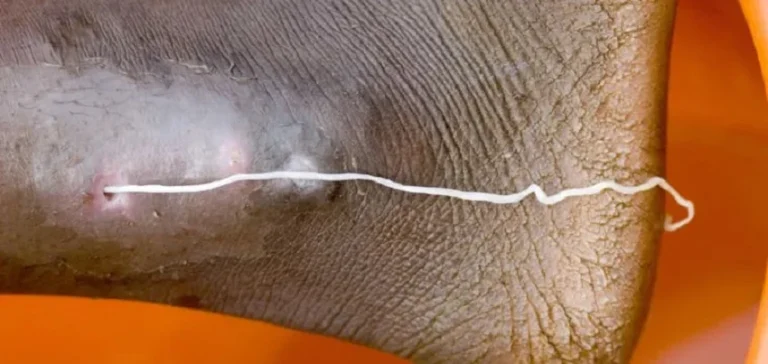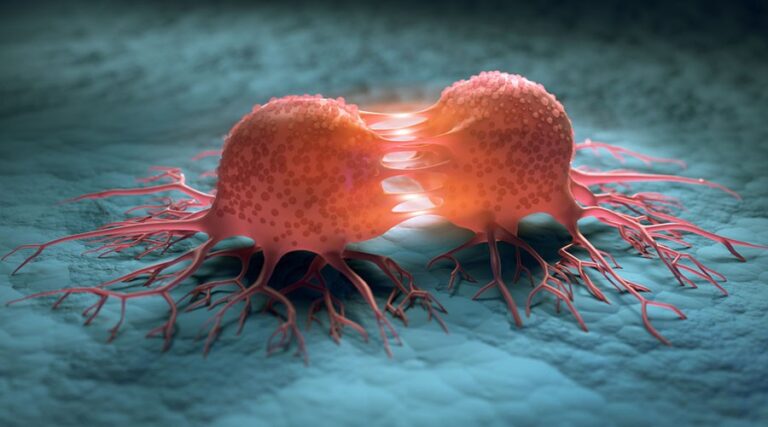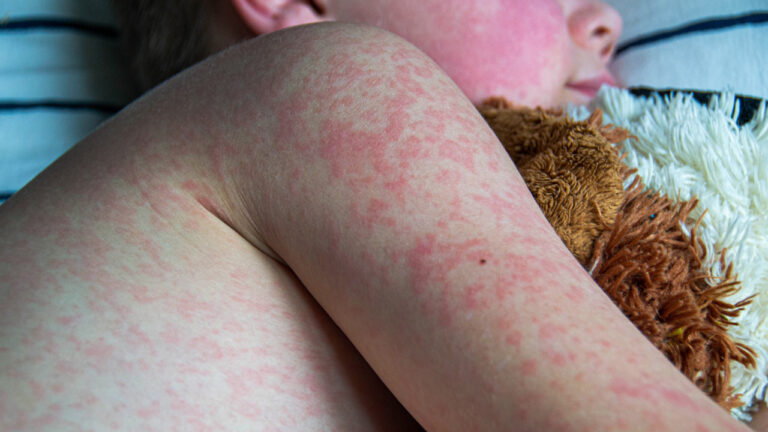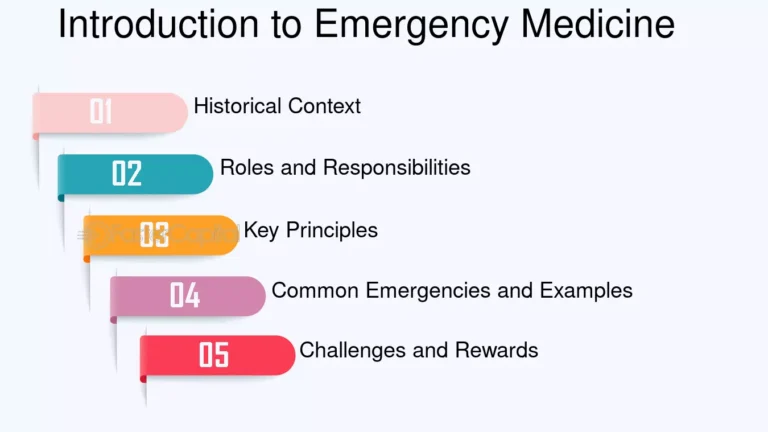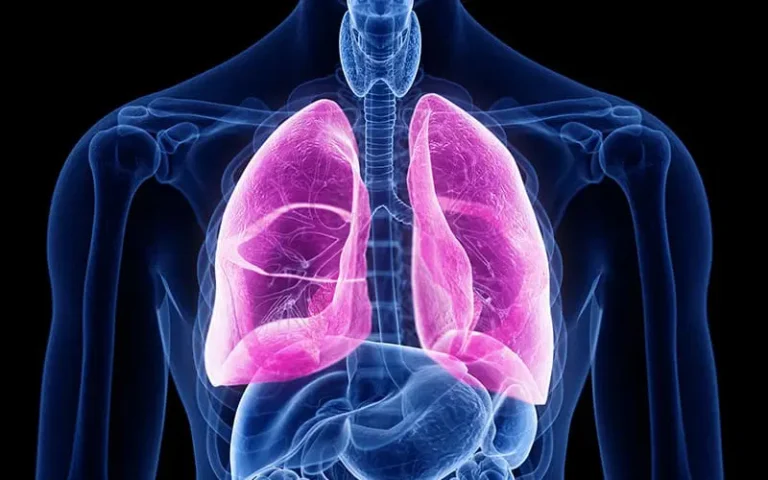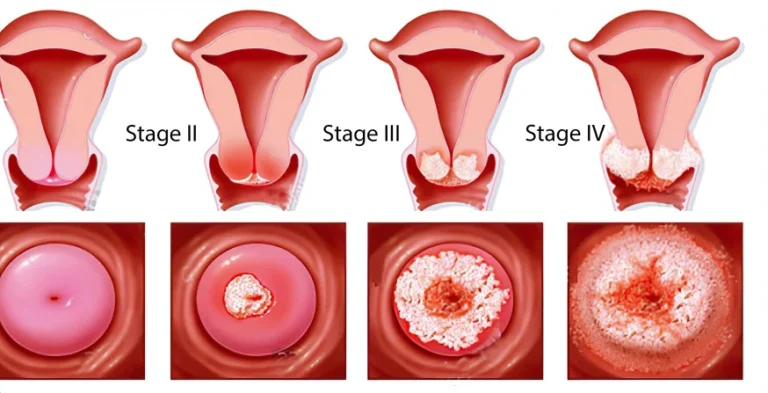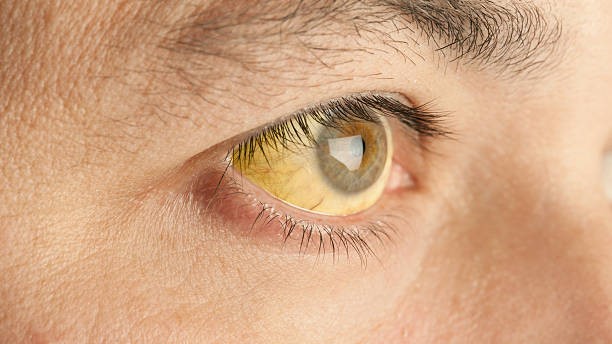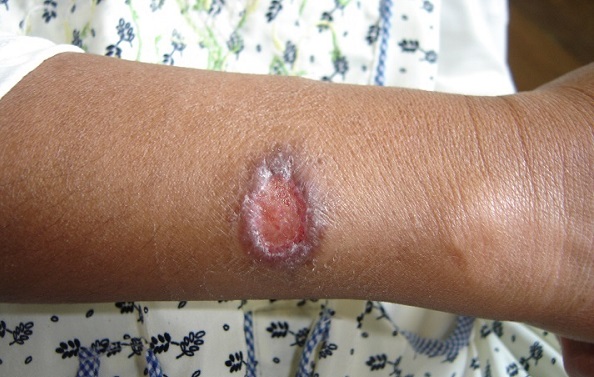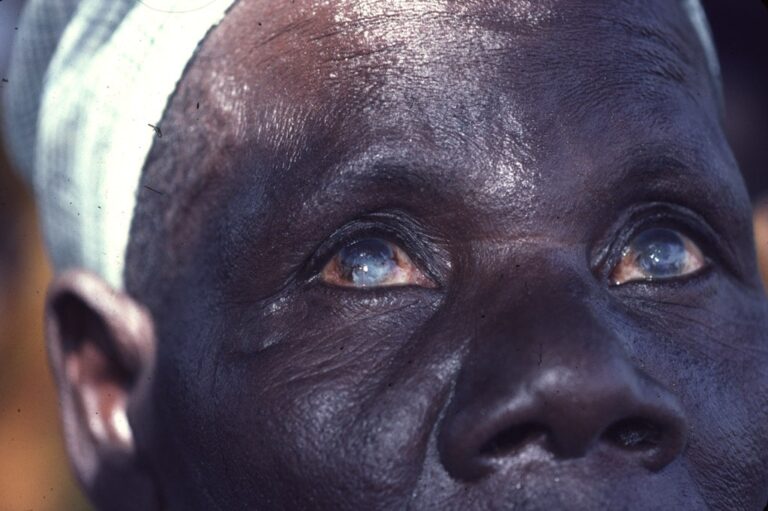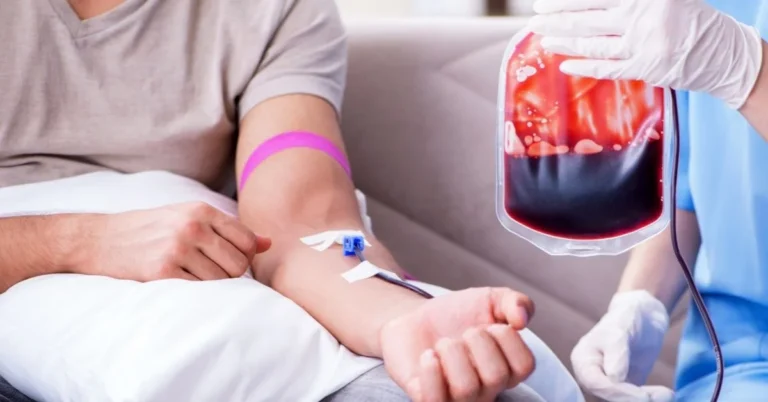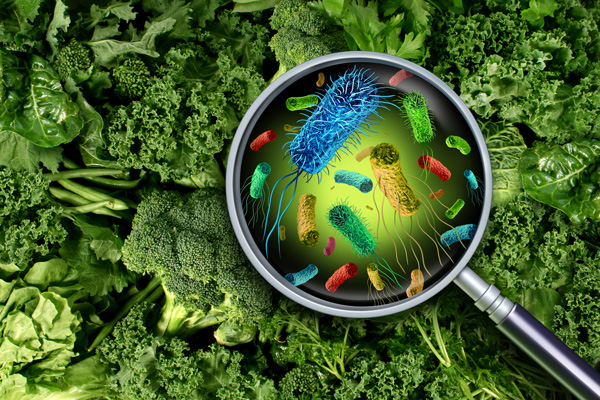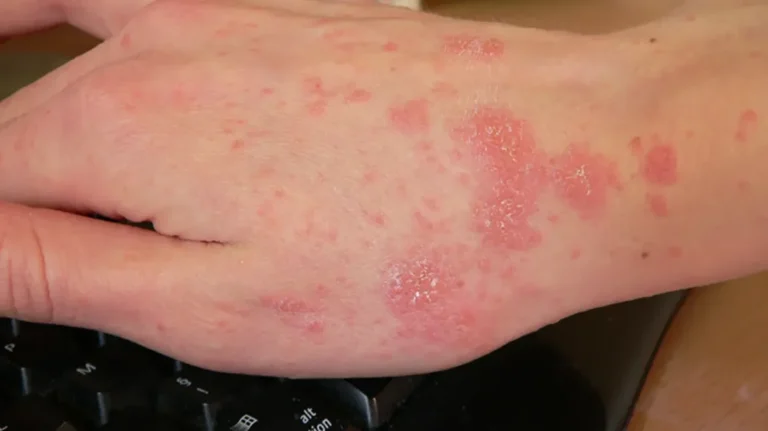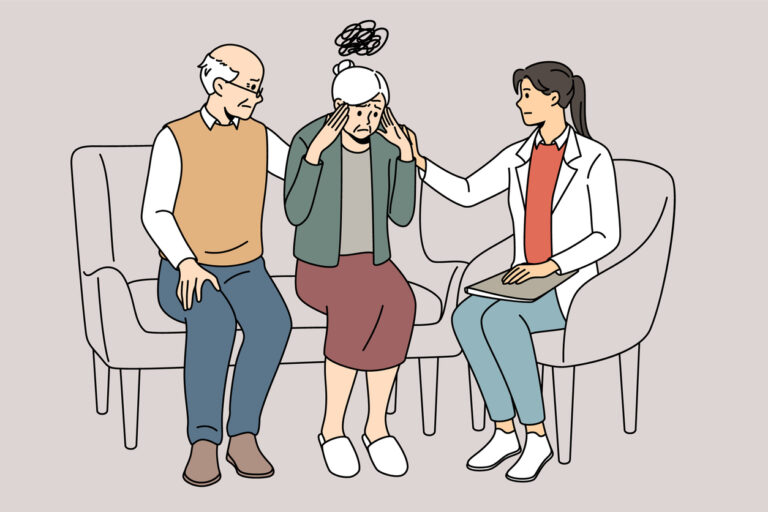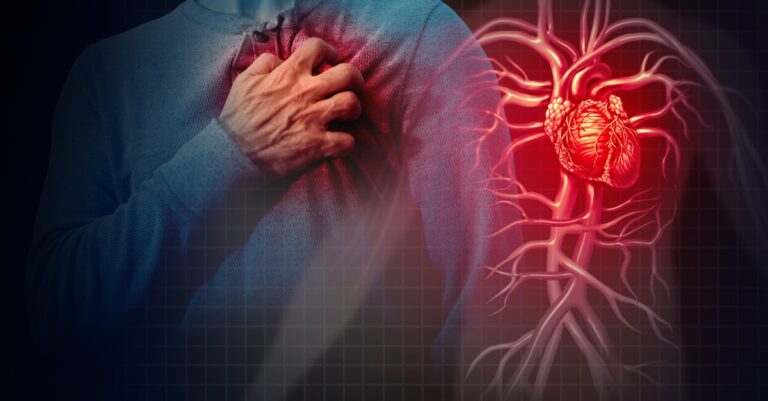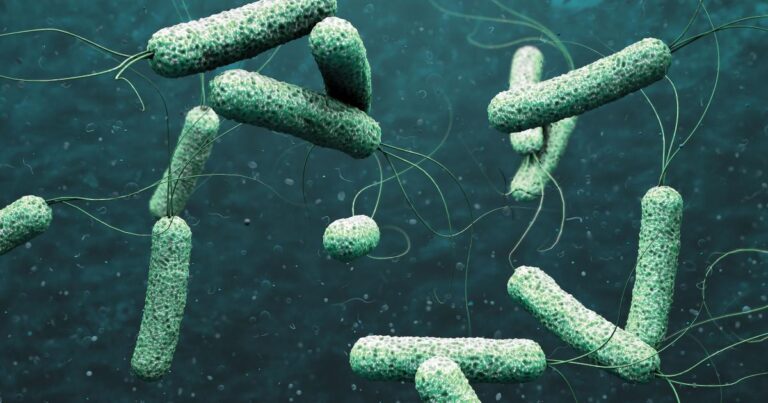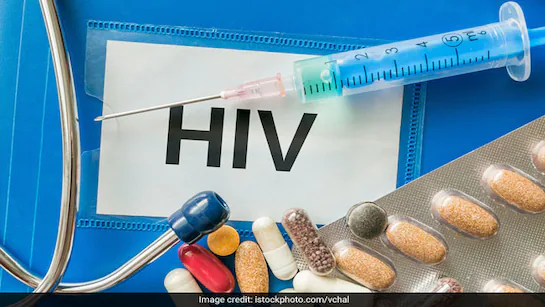Cardiovascular Diseases
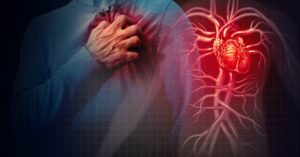
Cardiovascular diseases (CVDs) are a group of disorders that affect the heart and blood vessels. They are the leading cause of death globally, posing a significant public health challenge. Understanding the various types, risk factors, symptoms, and preventive measures is crucial for mitigating their impact.
Understanding the Cardiovascular System:
The cardiovascular system comprises the heart, blood vessels (arteries, veins, and capillaries), and blood. Its primary function is to transport oxygen, nutrients, hormones, and waste products throughout the body. When this system malfunctions, it can lead to a range of serious health problems.
Types of Cardiovascular Diseases:
CVDs encompass a broad spectrum of conditions, including:
- Coronary Artery Disease (CAD):
- This is the most common type of CVD, characterized by the buildup of plaque (atherosclerosis) in the coronary arteries, which supply blood to the heart muscle.
- It can lead to angina (chest pain) and heart attacks.
- Heart Attack (Myocardial Infarction):
- Occurs when blood flow to the heart muscle is blocked, causing damage to the heart.
- Symptoms include chest pain, shortness of breath, and sweating.
- Stroke (Cerebrovascular Accident):
- Occurs when blood flow to the brain is interrupted, either by a blockage (ischemic stroke) or a rupture of a blood vessel (hemorrhagic stroke).
- Symptoms include sudden weakness, numbness, and difficulty speaking.
- Heart Failure:
- A condition in which the heart is unable to pump enough blood to meet the body’s needs.
- Symptoms include shortness of breath, fatigue, and swelling in the legs and ankles.
- Arrhythmias:
- Irregular heart rhythms, which can be too fast, too slow, or erratic.
- Some arrhythmias are harmless, while others can be life-threatening.
- Peripheral Artery Disease (PAD):
- A condition in which plaque buildup narrows the arteries that supply blood to the limbs, typically the legs.
- Symptoms include leg pain during exercise.
- Valvular Heart Disease:
- Conditions affecting the heart valves, which control blood flow within the heart.
- Valves may become narrowed (stenosis) or leaky (regurgitation).
- Congenital Heart Defects:
- Heart abnormalities present at birth.
- These defects can range from mild to severe.
- Hypertension (High Blood Pressure):
- High force of the blood against the artery walls.
- This condition contributes to the risk of heart attack, stroke, and kidney disease.
Risk Factors:
Several factors can increase the risk of developing CVDs:
- Unhealthy Lifestyle:
- Smoking: Damages blood vessels and increases blood pressure.
- Unhealthy diet: High in saturated and trans fats, cholesterol, and sodium.
- Physical inactivity: Increases the risk of obesity, high blood pressure, and diabetes.
- Excessive alcohol consumption.
- Medical Conditions:
- High blood pressure (hypertension).
- High cholesterol (hyperlipidemia).
- Diabetes.
- Obesity.
- Family History:
- A family history of CVDs increases an individual’s risk.
- Age:
- The risk of CVDs increases with age.
- Sex:
- Men are generally at higher risk than premenopausal women, but the risk increases for women after menopause.
- Ethnicity:
- Certain ethnicities have a higher disposition for certain CVDs.
Symptoms:
Symptoms of CVDs can vary depending on the specific condition, but common signs include:
- Chest pain or discomfort.
- Shortness of breath.
- Palpitations (irregular heartbeat).
- Dizziness or lightheadedness.
- Swelling in the legs and ankles.
- Fatigue.
- Numbness or weakness in the extremities.
Prevention:
Preventing CVDs involves adopting a heart-healthy lifestyle and managing risk factors:
- Healthy Diet:
- Consume a diet rich in fruits, vegetables, whole grains, and lean proteins.
- Limit saturated and trans fats, cholesterol, and sodium.
- Regular Physical Activity:
- Engage in at least 150 minutes of moderate-intensity aerobic exercise per week.
- Maintain a Healthy Weight:
- Achieve and maintain a healthy body weight.
- Quit Smoking:
- Smoking cessation is one of the most effective ways to reduce CVD risk.
- Limit Alcohol Consumption:
- Moderate alcohol consumption or abstinence.
- Manage Stress:
- Practice relaxation techniques, such as meditation or yoga.
- Regular Checkups:
- Monitor blood pressure, cholesterol, and blood sugar levels.
- Medications:
- In some cases, medications may be prescribed to manage risk factors, such as high blood pressure or cholesterol.
Treatment:
Treatment for CVDs depends on the specific condition and its severity. Options include:
- Lifestyle Changes:
- As described in the prevention section.
- Medications:
- To control blood pressure, cholesterol, and heart rhythm.
- Procedures:
- Angioplasty and stenting: To open blocked coronary arteries.
- Coronary artery bypass grafting (CABG): To bypass blocked coronary arteries.
- Pacemaker implantation: To regulate heart rhythm.
- Valve replacement or repair.
- Cardiac Rehabilitation:
- Supervised programs to help people recover from heart attacks or other cardiac events.
CVDs are a significant health concern, but many cases are preventable. By adopting a healthy lifestyle and managing risk factors, individuals can significantly reduce their risk and improve their cardiovascular health.


